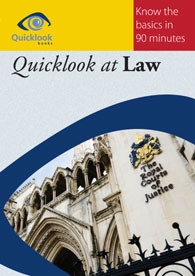 We are not short of sport this summer. High definition close up TV coverage compellingly tells us what competitors are going through. Every facial expression, every bit of body language, is there for all to see. The tension created by the need to channel the product of years of preparation into one explosive effort is obvious. In many events there is only one chance to get it right.
We are not short of sport this summer. High definition close up TV coverage compellingly tells us what competitors are going through. Every facial expression, every bit of body language, is there for all to see. The tension created by the need to channel the product of years of preparation into one explosive effort is obvious. In many events there is only one chance to get it right.
This may all seem miles away from the office based, reflective, world of the law. But there are some surprising similarities. An Olympic athlete may have a training programme lasting two years or even more, designed to achieve peak performance in one week of competition. This is spurred on by the knowledge that rivals are doing the same thing. The margins between success and failure can be very small. An extra bit of effort in training might make the crucial difference. A really big court case- one of Olympic proportions, if you like, is much the same. Years of hard, painstaking work goes into it, designed to achieve the best presentation at the trial. Cases only reach trial if there is much to be said on both sides- they can be very finely balanced.
The pressures just before the start are enormous. The rowers in a boat and the members of a legal team on the first day in court are keyed up and ready to go. The rowers can release the tension the moment the race starts, via explosive physical effort. For lawyers, the tension is there, but cannot be channelled in the same way. They are in for a marathon.
Sporting teams want to do their best for their supporters. This adds pressure. Legal teams have responsibilities to their clients. Failure, for them, will never be pleasant and can be disastrous. It’s tough at the top.
Peter McGarrick author – Quicklook at Law



